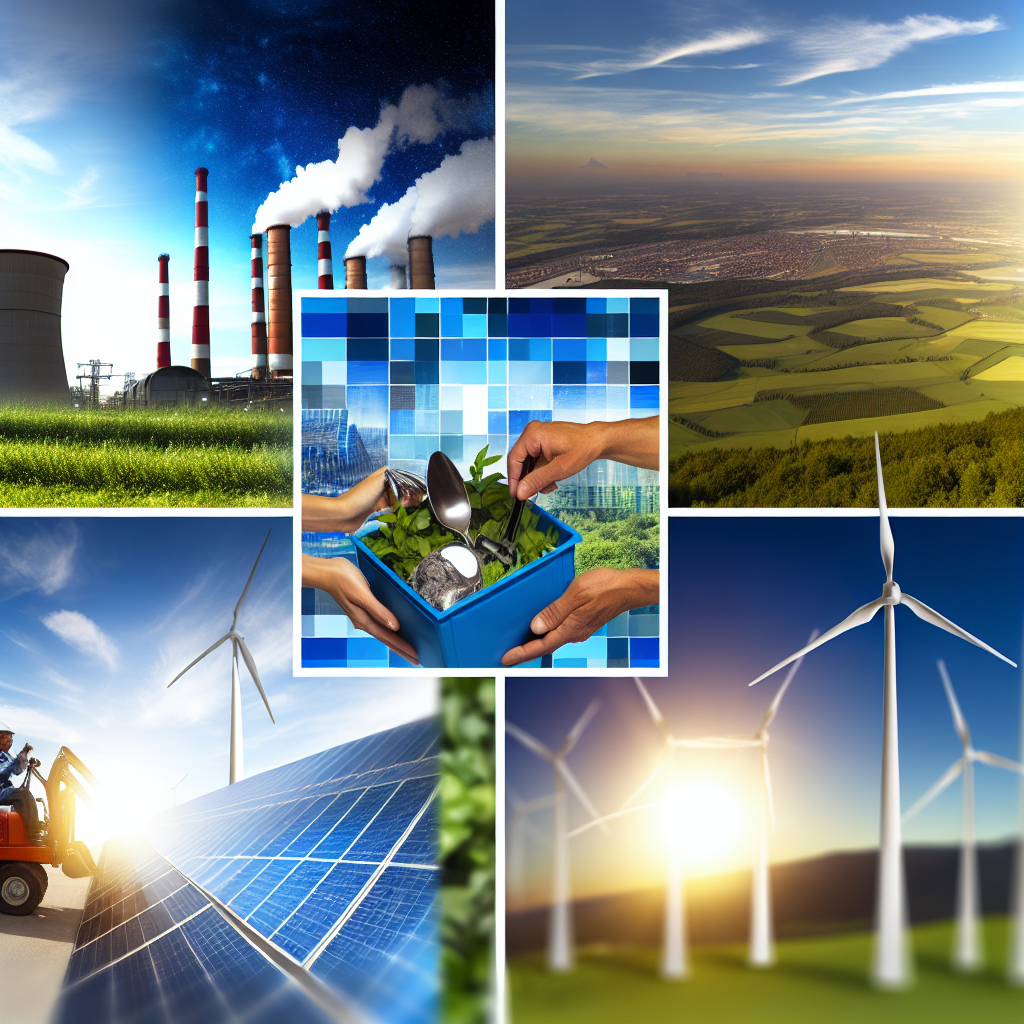In today’s industrialized world, environmental sustainability has become crucial. Pollution prevention and cleaner production are proactive strategies designed to minimize environmental impacts, reduce waste, and promote sustainable growth. Understanding these concepts helps businesses improve efficiency while protecting the environment for future generations.
Integrating Pollution Prevention with Sustainable Manufacturing
Pollution prevention (P2) focuses on modifying processes, materials, and behaviors to reduce or eliminate the creation of pollutants at the source. Unlike traditional pollution control methods that manage waste after it is created, P2 emphasizes proactive measures to prevent environmental harm before it occurs. This shift not only benefits the environment but also offers economic advantages by reducing waste disposal costs, conserving resources, and improving operational efficiency.
Implementing pollution prevention strategies involves several key approaches:
- Process Optimization: Streamlining manufacturing processes to minimize resource use and waste generation.
- Material Substitution: Replacing hazardous or non-biodegradable materials with safer, sustainable alternatives.
- Product Design: Designing products for easier recycling, lower resource consumption, and minimal environmental impact.
- Employee Training: Educating staff on sustainable practices and the importance of pollution prevention.
Cleaner production complements P2 by adopting an integrated approach that combines cleaner process design, resource efficiency, and waste minimization. This holistic strategy ensures that environmental benefits are maximized while maintaining economic viability. Moreover, cleaner production encourages innovation, often leading to the development of environmentally friendly technologies and practices that can give companies a competitive edge.
Strategies for Effective Implementation and Future Outlook
For pollution prevention and cleaner production to be successful, organizations must integrate these practices into their core operational policies. This involves conducting environmental impact assessments, setting clear sustainability goals, and continuously monitoring progress. Regulatory frameworks and incentives can also motivate companies to adopt environmentally responsible practices.
Future trends indicate a growing emphasis on circular economy principles, where waste is minimized and materials are continually reused or recycled. Advances in digital technology, such as IoT and data analytics, facilitate real-time monitoring and process optimization, further enhancing pollution prevention efforts. As awareness increases, more industries are expected to embed sustainable practices into their corporate strategies, making environmental stewardship a standard component of industrial growth.
In summary, pollution prevention and cleaner production are essential tools for achieving sustainable industrial development. They help reduce environmental impact, lower operational costs, and foster innovation. By adopting these practices, businesses can contribute to a healthier planet while ensuring long-term profitability and compliance with evolving regulations. Embracing these strategies is not only responsible but also vital for future prosperity.
